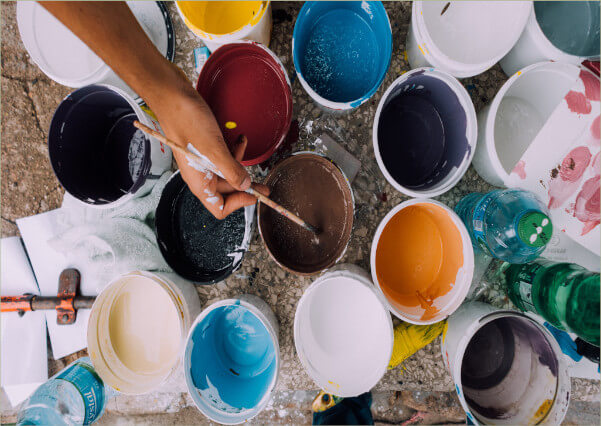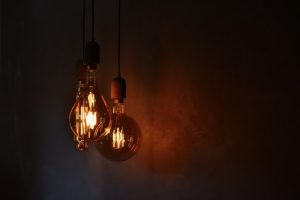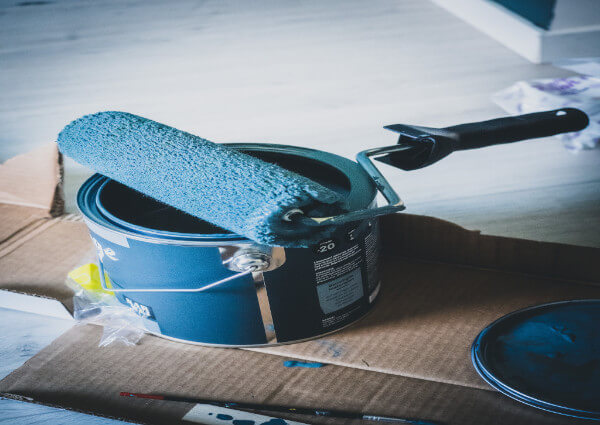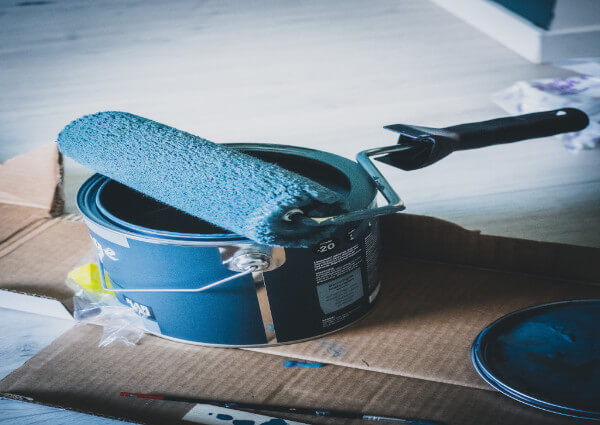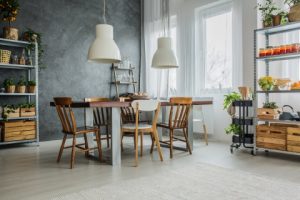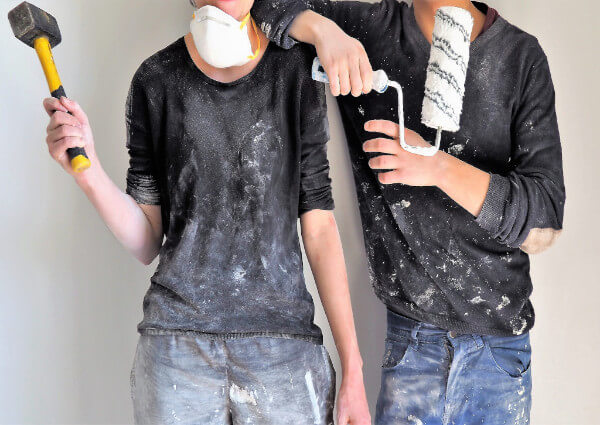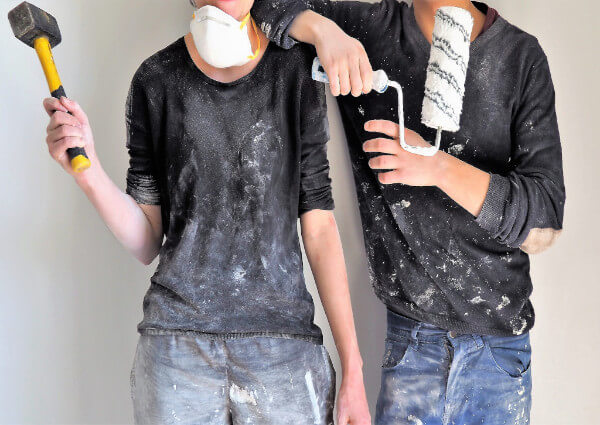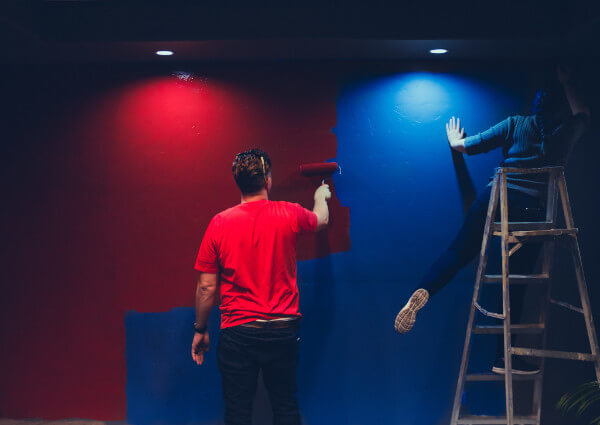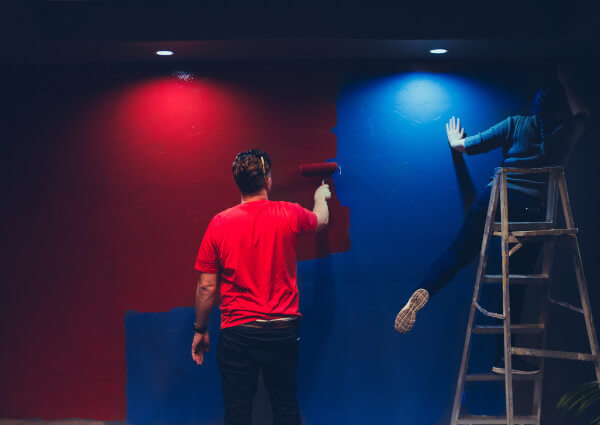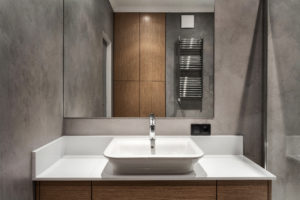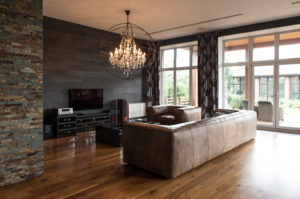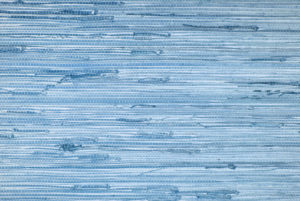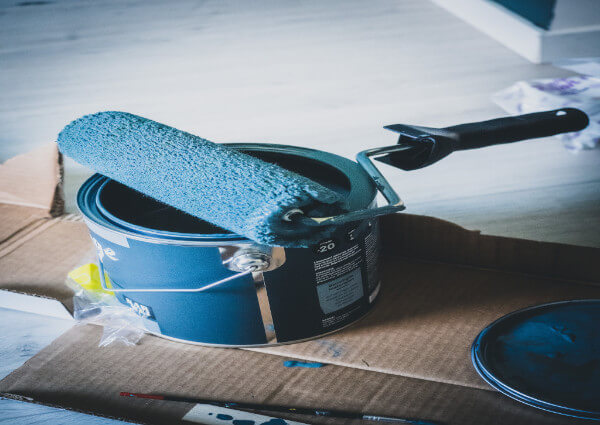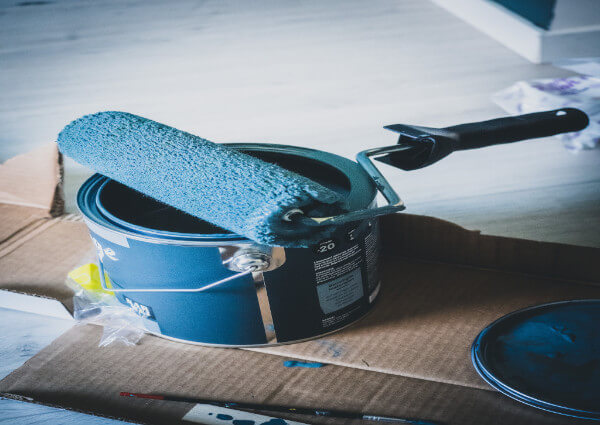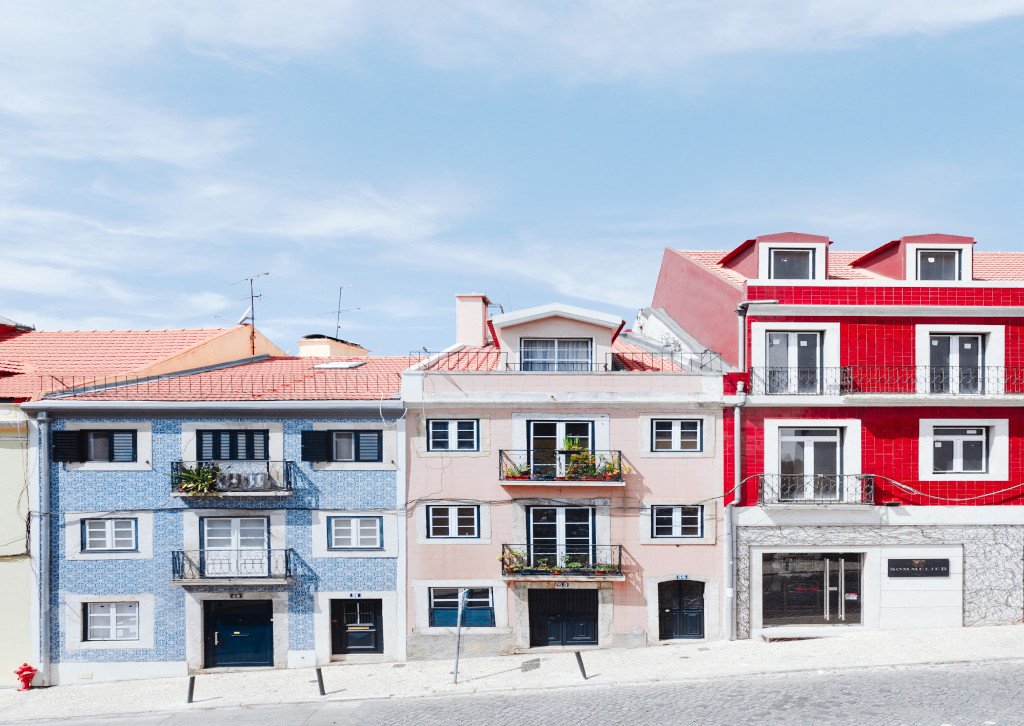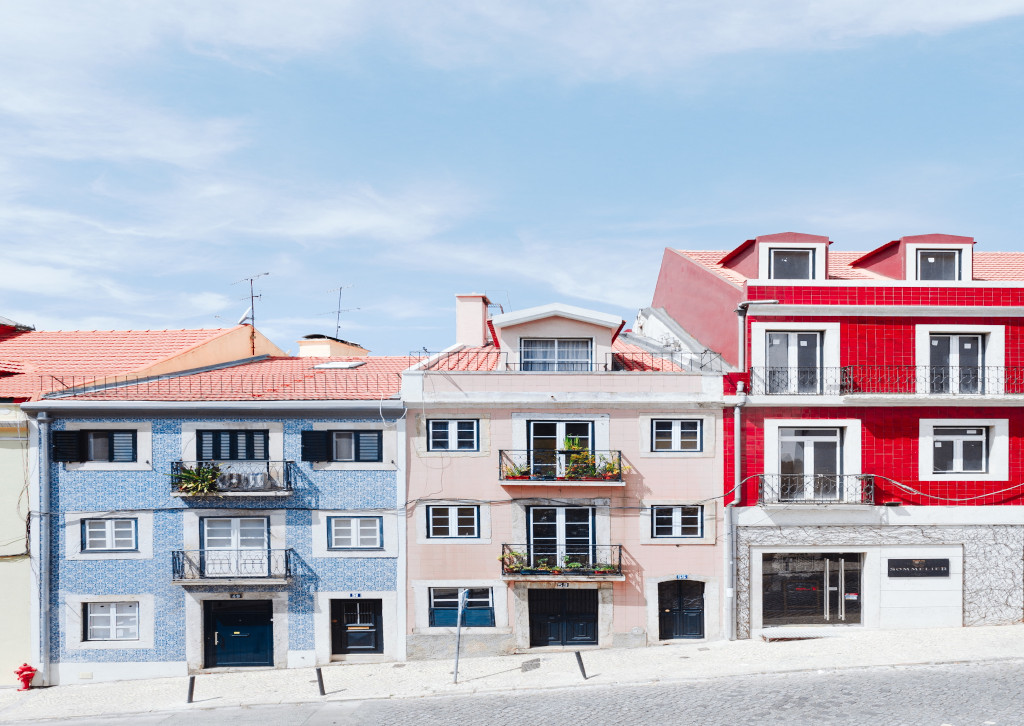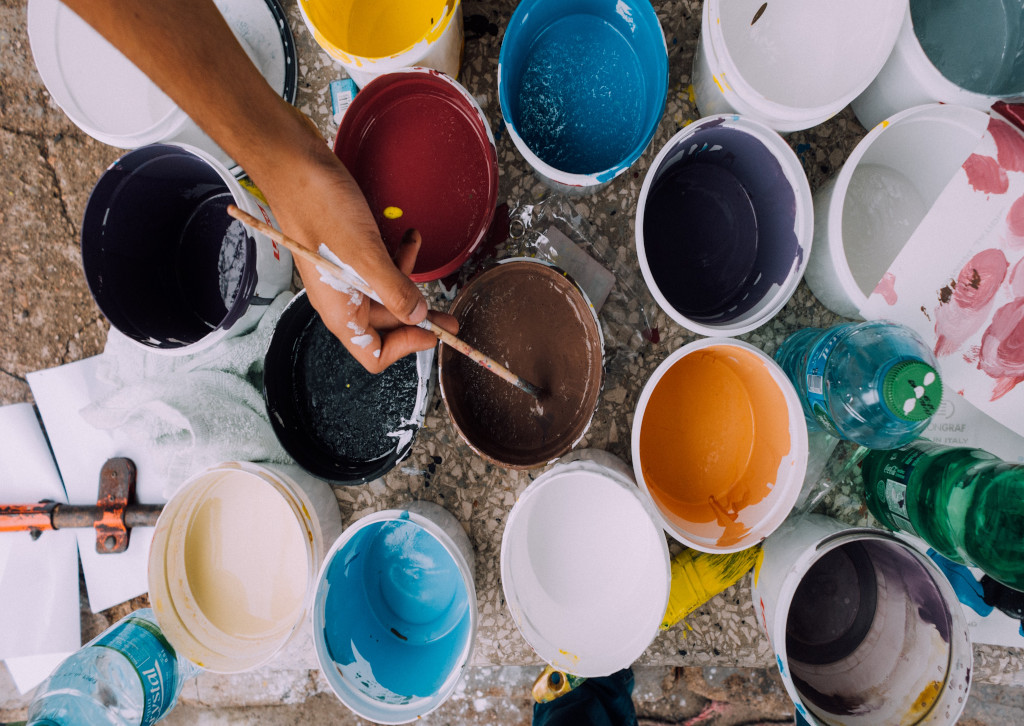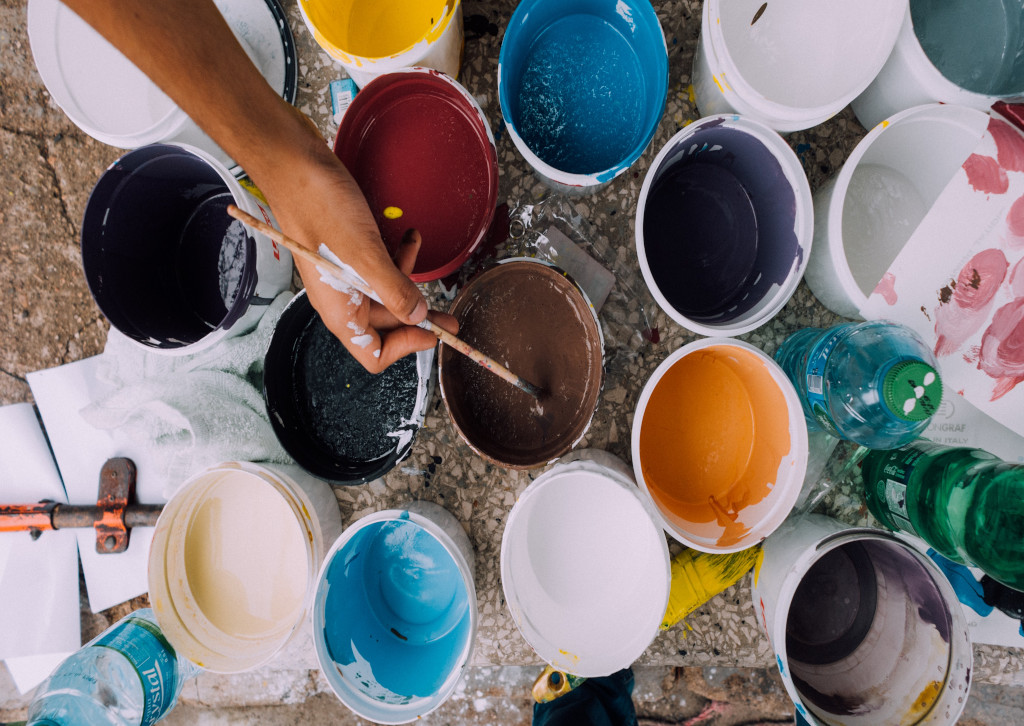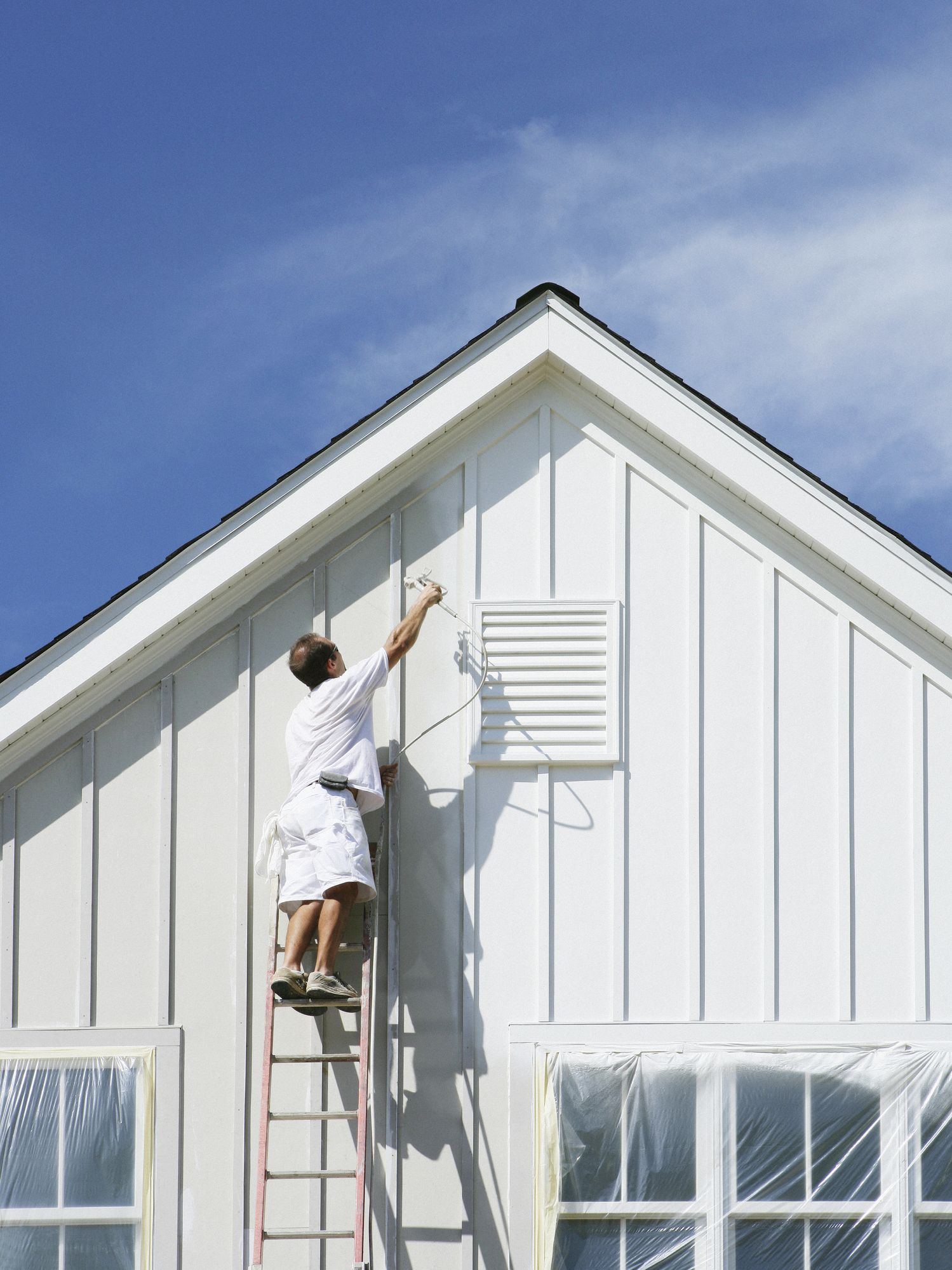Selecting the best paint color for your home interior can prove to be difficult. And to add to that headache, modern paints also come in a number of “sheens,” as well as colors. So how do you choose? Well, we’ve created a handy guide to help you to find the perfect sheen for your paint, once you select a color. As always, you can count on the pro painters here at Horner Painting to help you decide on the right paint gloss (and to apply the paint, of course!). We provide painting services and color consultations for our neighbors throughout Northern Colorado.
Understanding Gloss Level Terms
Paints come in a number of sheens, or “gloss levels.” The gloss level of a paint determines how reflective the dried paint surface will be. For example, high-gloss paints will be very reflective of any light sources, even if the paint color is dark. Meanwhile, low-sheen paints will reflect little light from light sources, even if the paint color is light. Low-sheen paints are often considered “matte” paints, as well. Here’s a brief overview of common paint sheen options:
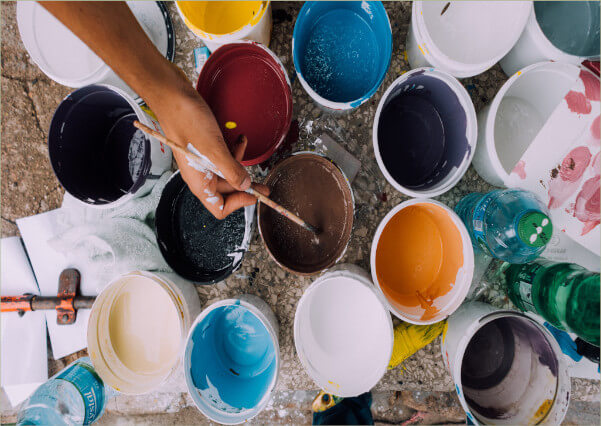
Flat or matte paints: Flat paints (also known as matte paints) are paints which have very little sheen. All light sources that hit this paint sheen will diffuse, creating an even, soft-looking surface — which is why these paints are called “flat.” Flat paints have a gloss level of less than two percent.Low-sheen paints: A slightly higher sheen than matte paints, low-sheen paints have a gloss level ranging from three to 19 percent. You will begin to see some direct reflection of light sources, which can begin to show imperfections and texture in the wall.Satin paints: Satin paints are slightly more glossy, and have a 20 to 30 percent gloss level. These paints may be more resistant to staining than lower sheen paints, yet less resistant to staining than semi-gloss and gloss paints.Semi-gloss paints: Semi-gloss paints have a gloss level of 30 to 45 percent. These paints are fairly reflective of light sources, and they are quite easy to clean, since the paint surface will be smoother.Gloss paints: At the highest end of the spectrum, we have gloss paints. Gloss paints include any paints over 45 percent gloss level. These paints are highly reflective, and they will show far more texture and imperfections in a paint surface — which may be a desirable characteristic. Gloss paints are also the easiest to clean.
Tips to Choose Your Paint Sheen
When settling on a paint sheen, we recommend that folks ask themselves about three things: aesthetic, use, and light. Consider the light sources in the room you are painting, consider the use of the room, and consider the appearance that you desire.
esthetic
First things first, consider how your paint color will look, alongside its sheen. Bright, bold colors can look gaudy in high-sheen paints. And, some tans and neutral tones can look overly plain in matte. If you’re trying out different color/sheen combinations, get sample paints, and apply them on your surface to get a real feel for the sheen and color after the paint dries.
In addition, take note that if you’re painting walls that are textured, you may want to use a medium- to high-gloss paint to further accent the texture. On the other hand, if you’re painting a smooth surface, and you’d like to hide any minor imperfections, you should opt for a low-gloss paint.
Use
The utility of a room may affect your decision as well. For instance, you may want to use a high-gloss paint in your kitchen or bathroom to make cleaning surfaces in these rooms easier.
Higher gloss paints are also more resistant to damage and mold buildup that can be created in moist environments (like small bathrooms with showers, mud rooms, and kitchens). Be sure any bathroom or kitchen space is well ventilated if you’re considering low-gloss paints.
Light
Now it’s time to consider the light sources of your room. It’s best to avoid high-gloss paints in rooms with bright white lights, or rooms where sunlight floods in through windows. These paints can look overly reflective, which may be an eyesore — instead, opt for matte or low-sheen paints. If you’re working on a room with little lighting, or warm, yellow lighting, you can opt for high-sheen paints to make surfaces more textured and to give them more character. Take note, matte paints can still look great in low-light and warm-light rooms, giving them an intimate, cozy feel.

Call for a Consultation
Still undecided? Don’t sweat. At Horner, we’re here to help you find the perfect paint to fit your room, and your vision for your home. We can work with you to help you settle on the right paint colors to fit the lighting, aesthetic, and use for your rooms, and of course we’d be happy to apply the paint once you’ve selected the perfect hue and sheen. Again, Horner Painting proudly provides painting services throughout Northern Colorado — feel free to reach out to us today to get started!
Did you miss our previous article…
https://www.dilconpainter.com/?p=84

